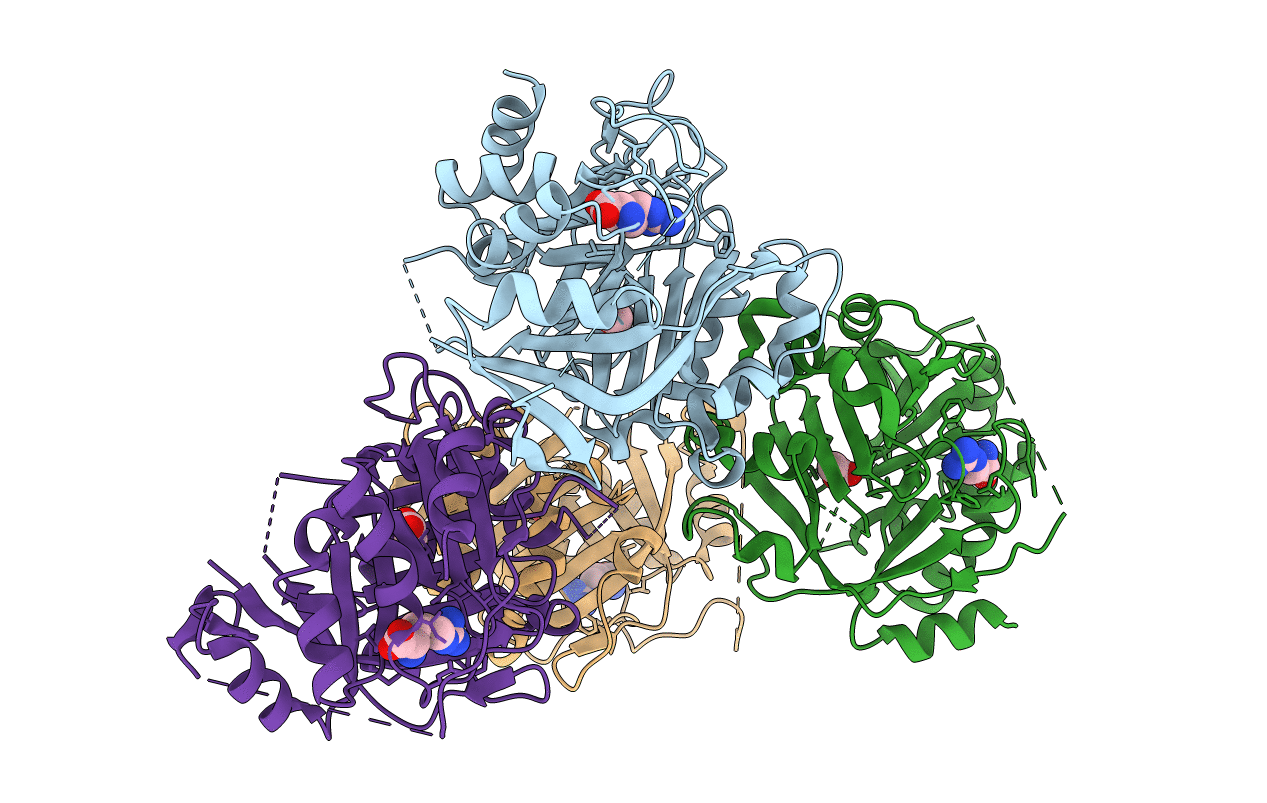
Deposition Date
2016-02-08
Release Date
2016-08-10
Last Version Date
2024-03-06
Method Details:
Experimental Method:
Resolution:
1.80 Å
R-Value Free:
0.20
R-Value Work:
0.17
R-Value Observed:
0.17
Space Group:
P 1 21 1


